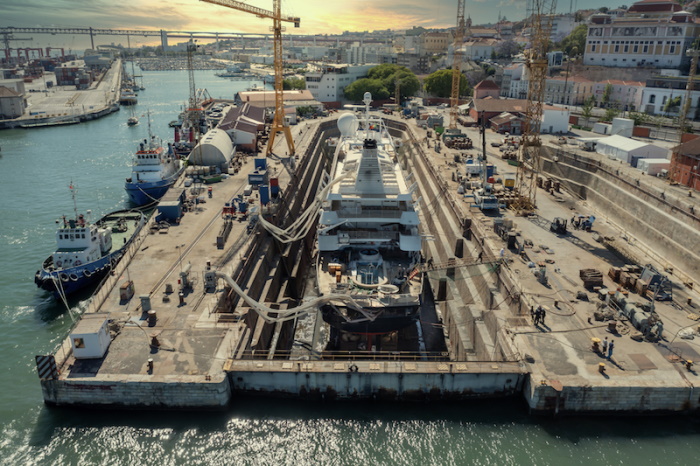Korean shipbuilders have won all the orders for very large ammonia carriers (VLACs) ordered this year. The analysis suggests that Korean shipbuilders are in a strong position to win orders due to their technological prowess.
A total of 15 VLACs have been ordered globally so far this year, all of which will be built by Korean shipbuilders, according to Clarkson Research, a U.K.-based shipbuilding and shipping market analyst. Eleven of the orders are for HD Korea Shipbuilding & Offshore Engineering (KSOE), two for Samsung Heavy Industries, and two for Hanwha Ocean. The orders came from all over the world including Oceania, Latin America, and Europe.
VLAC orders continue to grow as the hydrogen economy takes shape. Ammonia is the most promising hydrogen carrier. Composed of nitrogen and hydrogen, ammonia is easily converted to hydrogen and is more efficiently stored than liquefied hydrogen.
Hydrogen needs to be transported between continents due to a mismatch between the main sources of supply (Australia, North Africa and the Middle East) and demanding regions (Northeast Asia and Europe). Thus hydrogen transportation is expected to require up to 200 ammonia carriers by 2035.
Tightening global shipping regulations are expected to fuel an increase in demand for ammonia. Using ammonia as a fuel has the advantage of reducing carbon dioxide emissions. Among Korean shipbuilders, HD Korea Shipbuilding & Offshore Engineering (KSOE) is continuing the development of ammonia-powered ships with the goal of commercializing them in 2025. Hanwha Ocean is also developing an ammonia-powered gas turbine.
“Korean shipbuilders enjoying an 80 percent share of the global liquefied natural gas (LNG) carrier market have secured strong competitiveness in ammonia carriers,” said a shipbuilding industry insider. “We will continue research and development (R&D) to maintain our leadership in the global LNG carrier market.”
Source: Hellenic Shipping News





